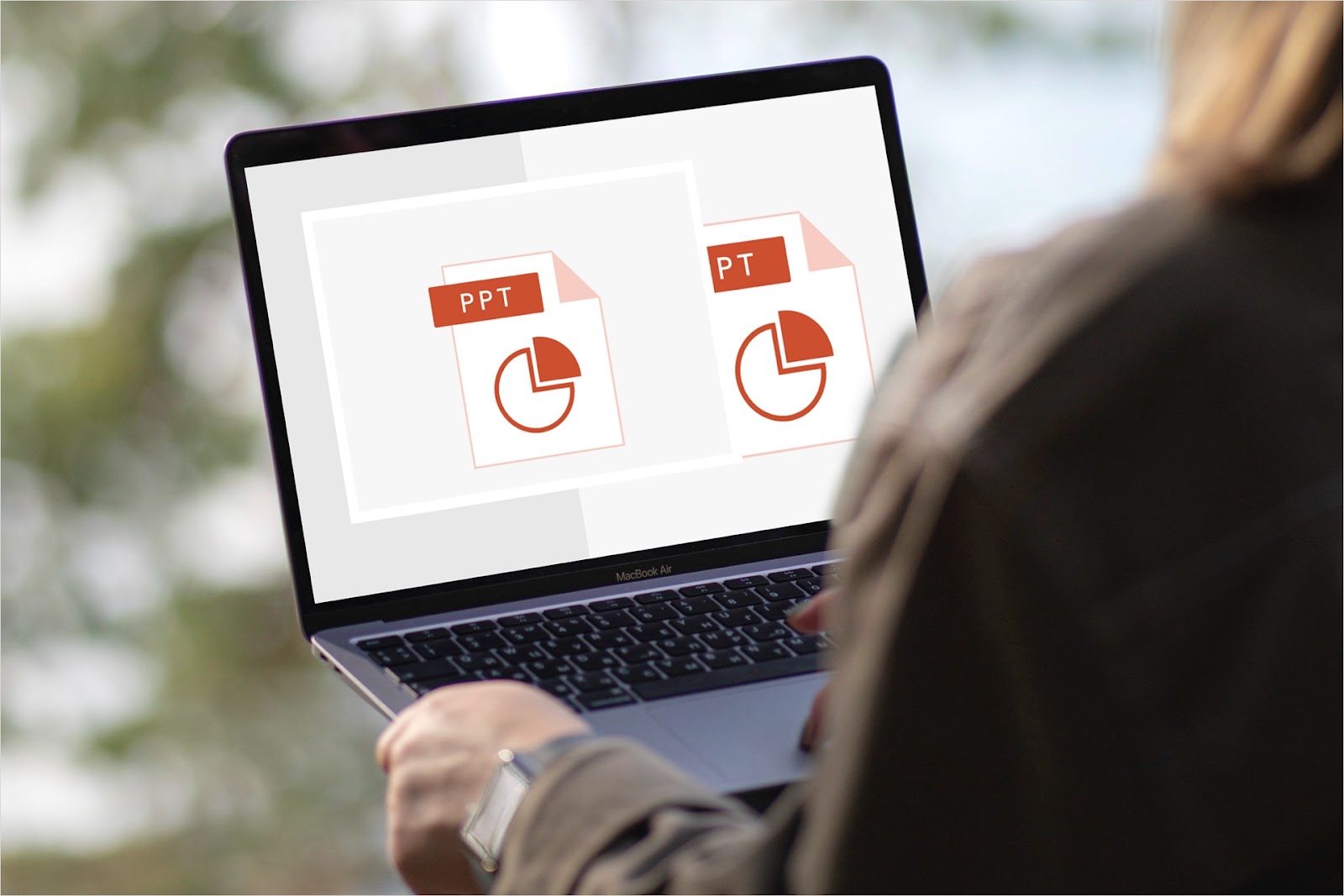Plus is a fully remote company, but as much as we invest in creating a great remote work environment, we know that there are some aspects of being together in person that are hard or impossible to replicate. So we try to get together IRL about once a quarter, alternating between something more structured (like our company offsite in May) and optional work-together weeks.
Earlier this summer, some of us collocated for a week in Seattle. Here are three things we did to make sure that week was productive, low pressure, and fun — both for our teammates who traveled to Seattle and for those who chose not to!
Make everything optional
Our team is distributed across 8 cities in the US, Canada, and Europe, so getting together once a quarter comes with a lot of travel for some. For our work-together week, we chose to collocate in Seattle, but recognized that not everyone would be able — or want — to attend.
In addition to making travel optional, we kept travel schedules flexible. Some folks arrived a day later or departed a day earlier. Teammates who had pre-existing vacations kept their plans.
Extracurricular events were also totally optional. We planned casual dinners that teammates could “sign up” for, and encouraged folks on the team to self-organize fun things to do. For example, some of us went to a (rather uneventful 😅) Seattle Mariners game.
Stick to business as usual (while sprinkling in some fun!)
At our company offsite in May, we specifically designed an agenda full of collaborative activities like brainstorming, collaborating, and team building to take advantage of all of us being in the same place. For this optional co-working week, we did the opposite.
Apart from moving some internal meetings to accommodate travel plans, we stuck to our normal working schedules and team rhythms. We continued to post async daily stand-ups, used our remote-friendly productivity tools, connected with one other in one-on-ones, and coordinated work in project check-ins.
Maintaining our regular work schedules took the pressure off of our small team to plan more structured activities, and ensured that those who weren’t in attendance weren’t missing out on critical company discussions or decisions.
Respect teammates who can’t attend
While we took full advantage of being together by pairing on problems in person, launching into ad hoc discussions, and sharing meals together, we also wanted to make sure team members who were remote that week didn’t have compromised experiences in meetings. For meetings with the entire team, we all joined individually on Zoom, instead of huddling around a single mic or camera in a conference room.
We also maintained our usual working norms for asynchronous communication. That meant substantive discussions and decisions still took place in Slack and Notion threads (or Zoom calls), rather than ad hoc hallway conversations.
What we got out of work together week
While the primary goal for the week was team bonding and fun (which we did plenty of), those of us who were together in person also took advantage of the productivity that comes from sitting physically together around a conference room.
We all noticed it felt easier to ask for help or think out loud, which would then spark informal discussions, low stakes brainstorming, and ad hoc problem solving sessions. The frequency of ideas colliding in real time felt much higher than that from synchronous digital communication.
While we probably wouldn’t be able to sustain working so closely side-by-side every day — we’d lose some of the advantages of remote-first collaboration, like a natural bias for deep work — this concentrated dose felt like a healthy addition to our team rhythms.

***
If you’d like to hear more about how Plus builds (what we think is!) a great remote-first culture, or to share how your team does so, message me on LinkedIn. And if you’re interested in joining Plus’s team, we’re hiring!





